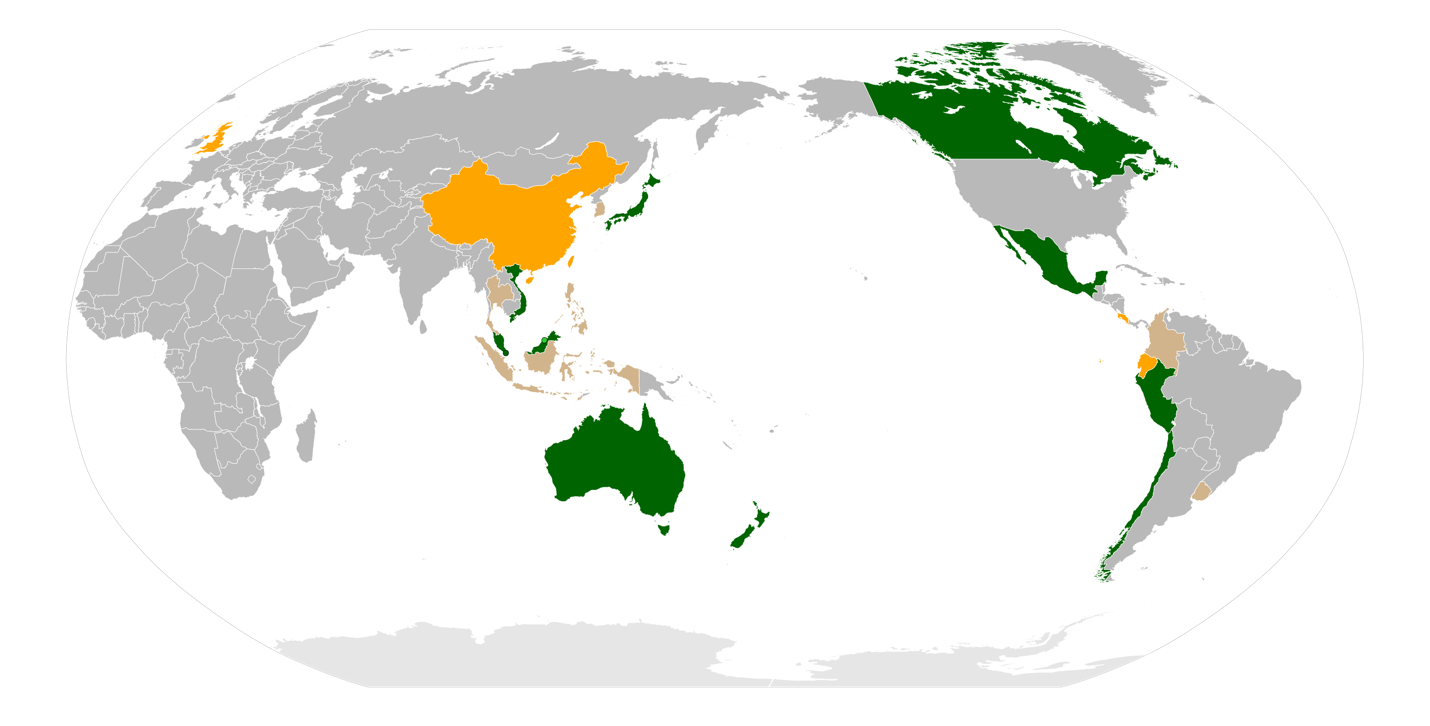Free Courses Sale ends Soon, Get It Now


Free Courses Sale ends Soon, Get It Now



Disclaimer: Copyright infringement not intended.
Context
Highlights of the deal
Criticism
About CPTPP
Types Of Trade Agreements
Preferential Trade Agreement
Free Trade Agreement
Comprehensive Economic Partnership Agreement
Comprehensive Economic Cooperation Agreement
Framework agreement
Early Harvest Scheme
Customs Union
Common Market
Economic Union
Full Integration
Must Read Articles:
Free Trade Agreement: https://www.iasgyan.in/daily-current-affairs/free-trade-agreement-fta-36
|
PRACTICE QUESTION Q) Joining the Comprehensive and Progressive Agreement for Trans-Pacific Partnership is unlikely to be transformational for the UK economy. Analyse. (250 words) |
https://epaper.thehindu.com/ccidist-ws/th/th_delhi/issues/30794/OPS/G5OB2CNFU.1+GC9B2D5JQ.1.html
© 2024 iasgyan. All right reserved